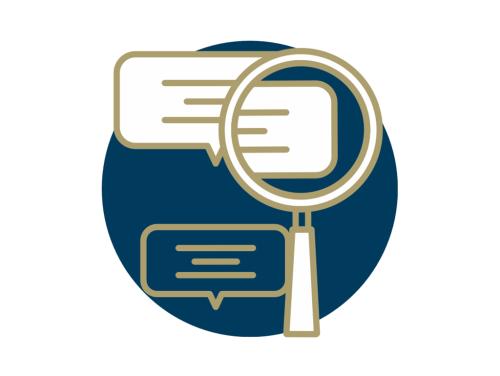Public Comment to the Commission on Evidence-Based Policymaking
Regulation may have a larger impact on society than any other single federal policymaking process. Regulations protect public health, promote economic growth, and help preserve our environment. Various estimates of regulation’s impact on society vary from over $260 billion to over $2 trillion. By comparison, the total of all federal funding for research and development, for instance, is less than $160 billion a year.







